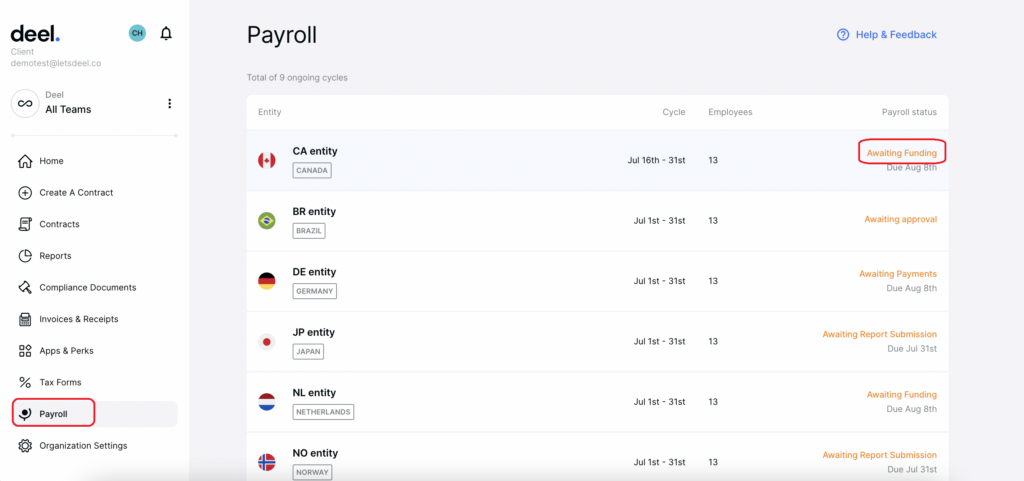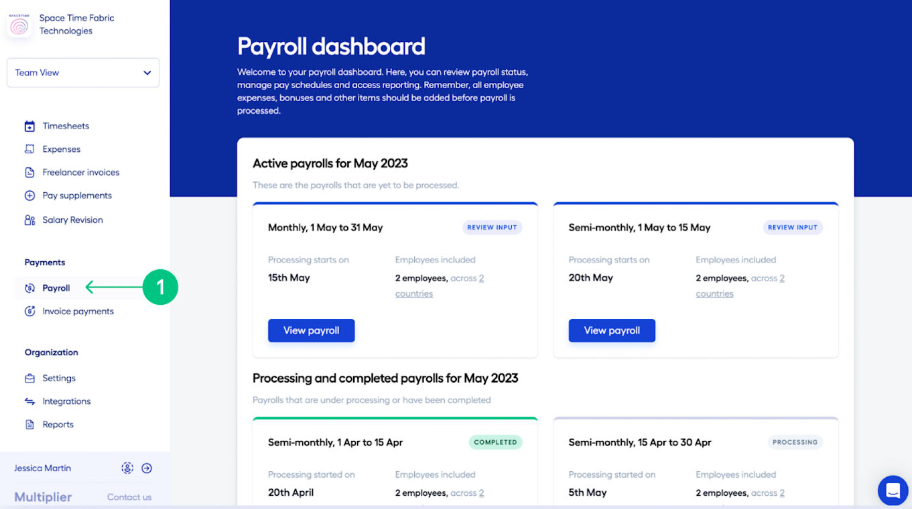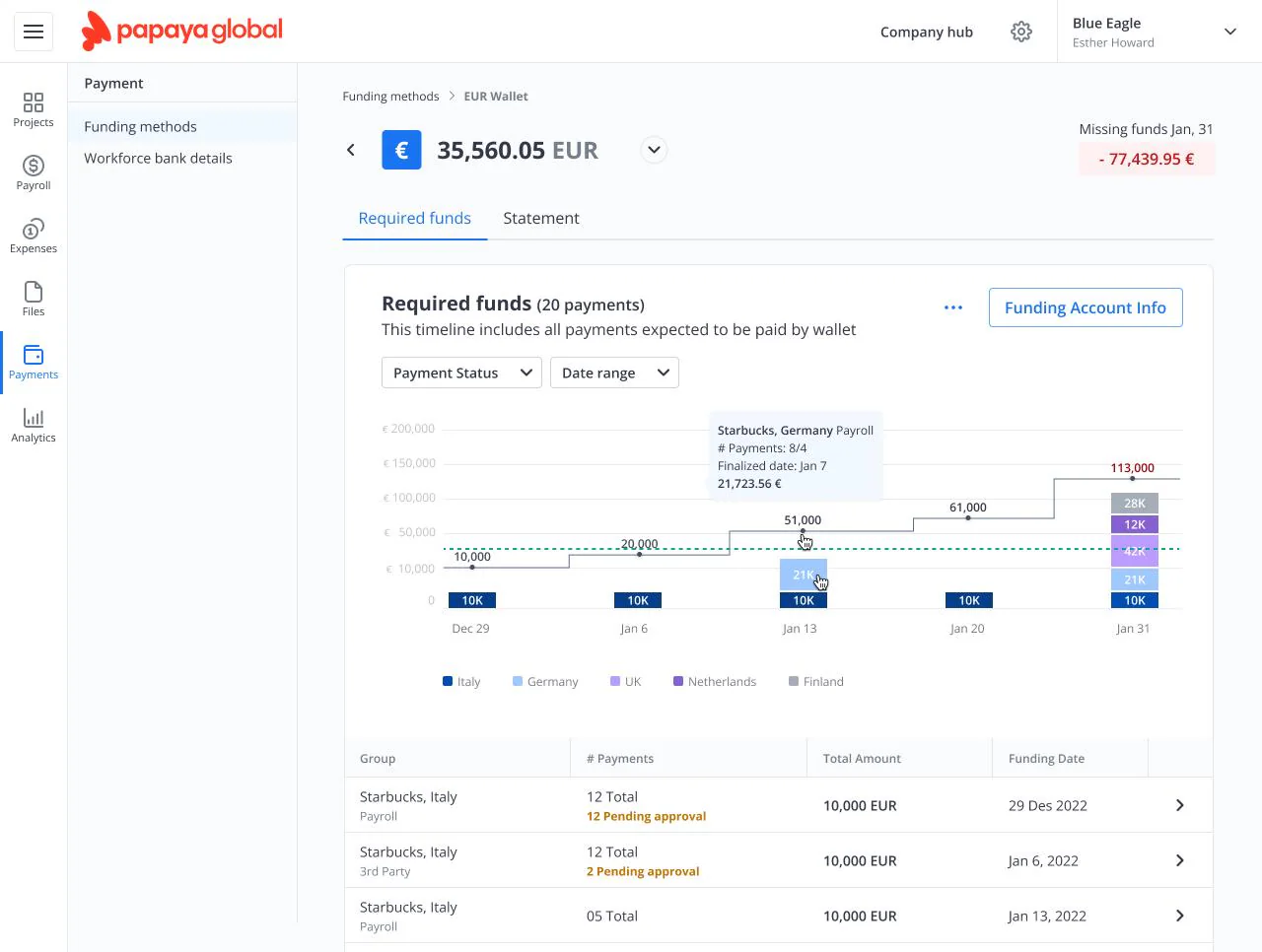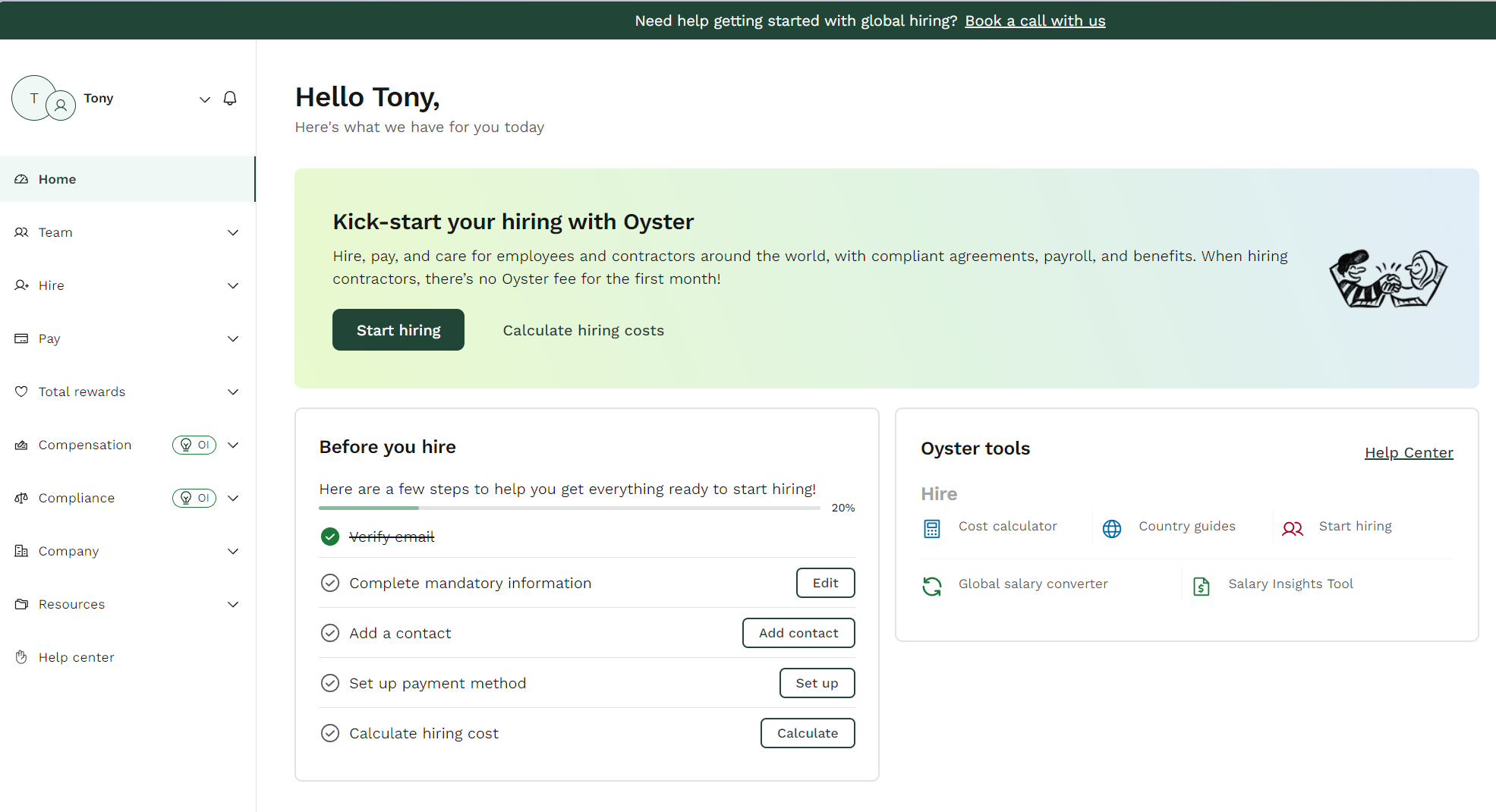
Key Takeaways
- Handling payroll on an international scale demands strict adherence to unique tax rules which exist in each separate country
- Local employment laws determine the requirements for contracts which should include multiple languages when needed.
- Payroll expenses together with forecasting operations experience major disruptions because of currency exchange rate movement.
- Different payment systems operate in the workplace offering unique advantages and disadvantages based on which countries are involved
- Companies that work with global payroll providers gain access to specialized expertise together with cost savings in addition to advanced technology solutions
- The key to effective international payroll management rests on complete transparency together with clear communication systems.
Understanding the Complexities of Payroll for International Employees
Organizations that grow internationally must confront many difficulties when they manage payroll for international employees. The right combination of strategies together with appropriate tools enables businesses to both improve global payroll management while ensuring all regulations are followed. The process of paying overseas employees overtime remains complex because organizations face various tax rules as well as currency exchange rate management issues.
Ensuring Compliance with Taxes
International payroll management depends heavily on meeting all tax regulations that exist in each respective country. Employers need to perform correct income tax and social security contribution calculations because inaccurate deductions could result in penalties together with legal problems. For example:
- An employer operating in Brazil must provide employees with a “13th month” salary payment.
- Australia mandates employer superannuation contributions
- Each month the UK and France enforce particular payment deadlines and employer contribution regulations.
An effective investment in payroll systems which handle various tax obligations becomes necessary to handle tax complexities. Accompany your organization with skilled payroll service providers who will keep you updated about changing regulatory requirements.
Legal Considerations for Employment Contracts
A proper start on how to pay international employees can be achieved by establishing correct employment contracts that align with local legislation. The agreements need to follow both local laws as well as native cultural practices so compliance exists while preventing any disputes from occurring. Key considerations include:
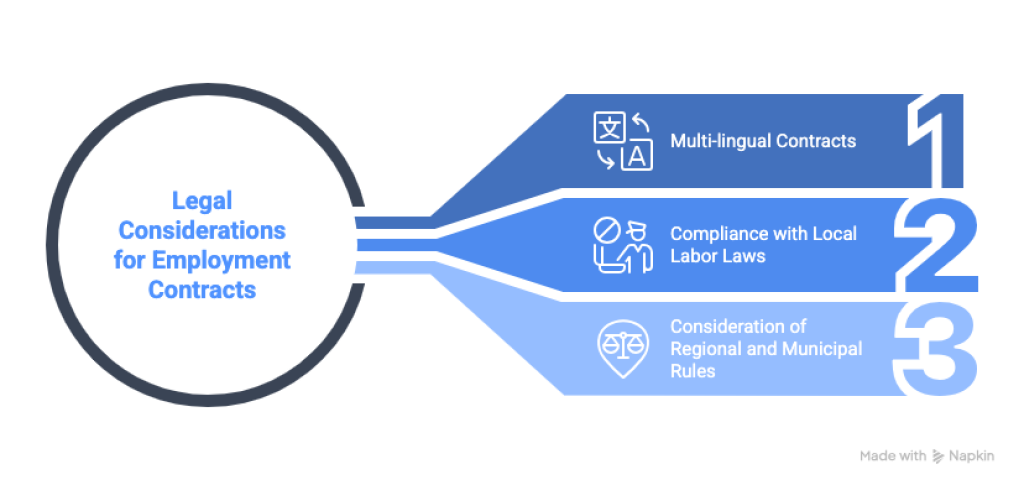
- Employment contracts need to be translated into the local language(s) as a requirement for legal compliance and prevention of misunderstandings.
- Operational contracts need to include all legal specifications from each country regarding work periods together with leave rules and firing protocols.
- Every employer should understand that certain local regulations may establish supreme authority over broader state or national labor guidelines.
Currency Exchange Rates and Financial Impact
International payroll operations become more complex because they require managing multiple financial units. The exchange rates that affect currency values drive significant changes to payroll expense levels even when small changes occur. The constant changes in exchange rates create difficulties for businesses trying to forecast their expenses.
Cloud-based payroll solutions that provide real-time currency conversion should be used to address these operational difficulties. Your payroll costs will become more stable when you choose international payroll providers who both convert currencies and handle currency market variations.
Payment Logistics and Challenges
The process of international payment execution requires handling different banking systems together with regional financial rules. Pay schedules and banking holidays differ between countries and outdated infrastructure elements found in certain national banks lead to payment delays. Timely accurate payment of employees constitutes a vital factor in their job satisfaction levels.
Cloud-based payroll solutions should be implemented to guarantee real-time collaboration along with accessibility as a solution to these challenges. Organizational processes need standardization although specific country requirements must be integrated. Companies should partner with global payroll providers that have existing relationships with local banks in order to simplify payment processes.
Comparing Payment Methods
The processing of international payroll payments involves different methods which include:
- Direct bank transfers
- Digital wallets
- Prepaid cards
- Cryptocurrency (in some cases)
These payment methods offer both advantages and disadvantages regarding their speed of execution together with their costs and approval requirements. Your business should select payment methods based on its individual requirements and the countries where employees work. Perform research to discover the most appropriate payment method that fits your international payroll requirements.
Tools for Record-Keeping and Documentation
The payment process of international staff requires complete documentation because it promotes both compliance standards and transparency. An organization should deploy advanced payroll software solutions that handle centralized data management. Your payroll system should produce tax documents together with pay slips that adhere to specific country requirements. The implementation of cloud hosting features enables instant reporting functionalities together with enhanced protection of business data.
Cost-Effective Strategies for International Payroll
Your international payroll management needs optimization through these measures to decrease expenses:
- A centralized approach for payroll operations will provide better oversight together with consistent organizational performance.
- The automation of ongoing procedures enables the reduction of mistakes together with the maximization of work efficiency.
- The organization should create standardized processes for different regions while upholding local compliance requirements.
- The payroll team requires regular training and updates with information about international regulations.
The implementation of these methods enables improved handling of international employee compensation along with reduced expenses. Regular process evaluation leads to identification of enhancement opportunities.
Partnering with Global Payroll Providers
The process of paying international employees becomes more effective through collaboration with knowledgeable global payroll providers. The providers demonstrate specific knowledge about both local regulations and compliance requirements. Such providers perform intricate payroll computations in addition to managing tax processes with their advanced systems for complete system integration.
When you select a global payroll provider you can reduce expenses because they will handle payroll operations in all countries where you employ staff. The provider helps maintain regulatory compliance and generates essential data for improving your international payroll management system.
Recommended Global Payroll Providers
The selection of a global payroll provider should rest on their track record combined with their technological capabilities and support quality. Some of the top recommended providers for how to pay remote international employees include:
Deel functions as an EOR platform which serves a global customer base of over 150 countries through its global payroll and compliance solutions and employee relocation services and visa support.
Deel
Best suited for businesses seeking streamlined international hiring and payroll solutions, including startups, SMEs, large enterprises, and companies heavily reliant on contractors or remote teams
Rasons to buy
- + Comprehensive global payroll and compliance solutions across 150+ countries
- + Automated invoicing, tax management, and localized contracts
- + Scalability to accommodate businesses of all sizes
- + 24/7 customer support and user-friendly platform
Possible Drawbacks
- –Higher pricing compared to competitors
- –Limited customization options
- ● Contractor Management: $49/month per contractor
- ● EOR: $599/month per employee
Remote operates as an EOR in over 170 countries while providing clients transparent pricing and local benefits support along with compliance assistance across every location.
Remote
Ideal for startups, SMBs, and enterprises focused on global expansion without setting up local entities. It suits businesses prioritizing compliance, IP protection, and efficient international hiring.
Rasons to buy
- + Utilizes an owned-entity model in 180+ countries,
- + Offers robust IP protection
- + Localized benefits packages
- + User-friendly platform
Possible Drawbacks
- –Limited local expertise in certain countries
- –Customer support response times may be slower in some cases
- ● $29 per contractor/month
- ● $599 per employee/month for EOR services
Multiplier serves clients in 150 different countries through its operations while providing global payroll management and benefits administration and multi-jurisdictional compliance solutions.
Multiplier
Ideal for medium to large enterprises with distributed teams, companies expanding globally without local entities, and businesses seeking cost-effective solutions for compliance and payroll.
Rasons to buy
- + Transparent pricing with no setup fees
- + Robust platform for onboarding, benefits, and payroll management with automation
- + Supports Employee Stock Option Plans (ESOPs)
- + 24/7 customer support
Possible Drawbacks
- –Limited integrations with HR tools
- –Relies on subcontractors in certain regions
- ● EOR services: $400 per employee/month
- ● Contractor management: $40 per contractor/month
Papaya Global delivers worldwide multi-currency payroll solutions through automated compliance services within 160 international markets.
Papaya Global
Best for large enterprises or mid-sized businesses seeking global workforce management without establishing local entities.
Rasons to buy
- + Advanced compliance management
- + AI-powered automation for payroll, reducing manual errors
- + Embedded payments system for fast, secure, and localized payouts
- + Comprehensive analytics and reporting tools
Possible Drawbacks
- –High cost, especially for smaller businesses
- –Limited invoicing capabilitie
- ● EOR: $599/employee/month.
- ● Contractor Management: $30/contractor/month.
Oyster HR through its EOR service Oyster HR operates in more than 180 countries to automate recruitment and payment administration and benefits delivery.
Oyster HR
Best suited for small to medium-sized businesses (SMBs) and startups aiming for global expansion without establishing local entities.
Rasons to buy
- + Automated onboarding, compliant contracts, and tailored benefits packages
- + User-friendly platform with self-onboarding tools
- + Coverage in 180+ countries with compliance management and payroll in 140+ currencies
Possible Drawbacks
- –Limited integrations and lack of advanced HR features
- –Relies on third-party contractors in some countries
- ● Contractor plan: $29/contractor/month
- ● Employee plan: $599-$699/employee/mont
To choose a global payroll provider you should assess their service packages combined with their technological capabilities and support systems which will match your business requirements. Your choice of an experienced provider will simplify the process to pay international employees while upholding local regulations.
Enhancing Transparency and Communication
A program that manages international payroll must have clear communication as its foundation for success. You should create open communication paths that reach all stakeholders and can be helpful to pay for commissioned employees as well as financial departments and your workforce. Employees must receive detailed information about payroll policies and changes whether they work from local or international offices.
Your organization should implement modern communication systems for better connection between domestic headquarters and international offices. Regular updates about payroll issues should be given to employees because they help maintain trust and ensure information sharing. Openness in business processes leads to productive workplace relations and protects employees from misinterpretations about salary compensation.
Conclusion: Streamlining Global Payroll
A strategic method needs to be implemented for successful management of international payroll. Businesses should acquire strong cloud-based payroll solutions with centralized management features. Your business needs to remain updated about the tax laws and local regulations which affect your employees in every country you operate. Global payroll providers should be considered as partners for their expertise along with their ability to deliver efficient services.
Organizations should maintain transparent discussions about pay with all their workers worldwide. The successful management of international employee payments becomes possible through these specific strategies which enable effective support of your worldwide workforce.


